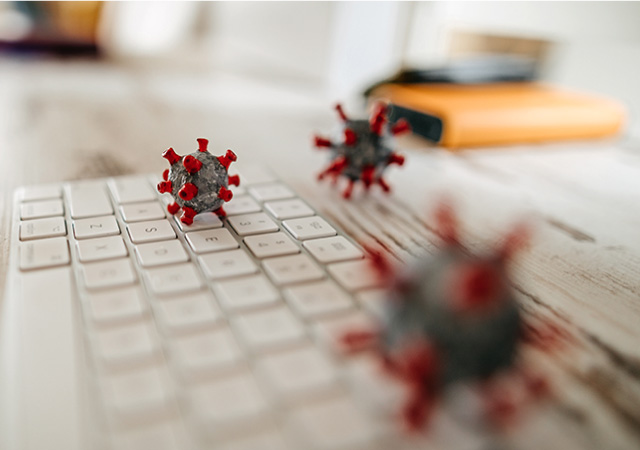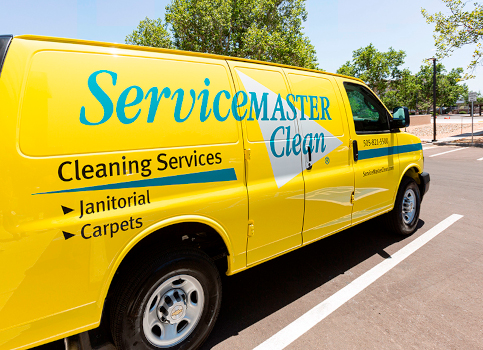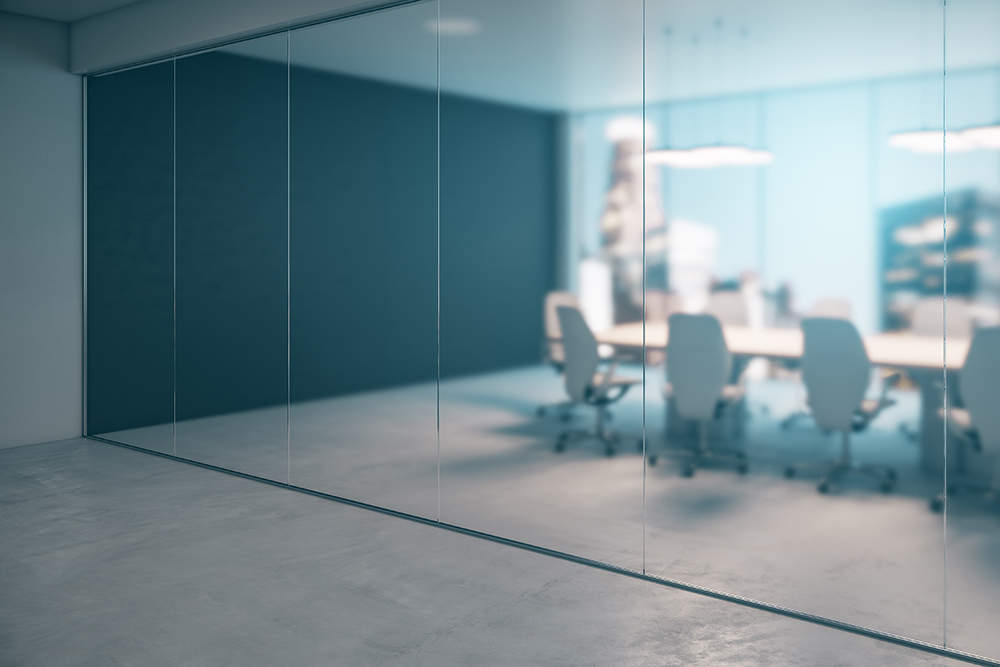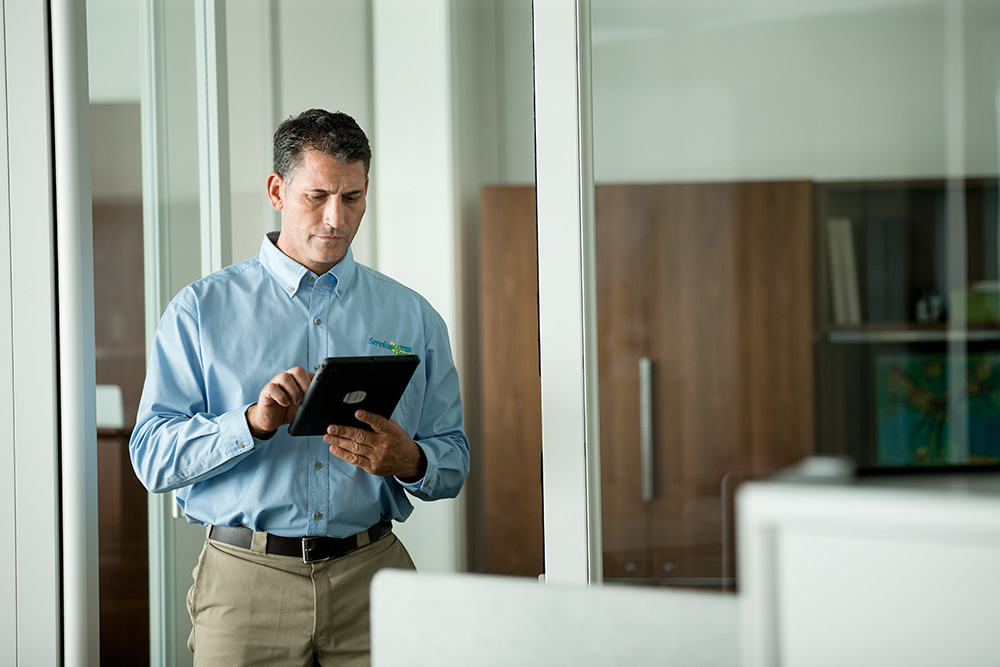FAQs
More FAQs- How long does it take to get my upholstered furniture at my office professionally cleaned?
- Does a urethane floor need to be buffed?
- Will applying urethane void my manufacturer’s warranty on the floor?
Total cleaning time depends on the cleaning process used and the amount of time needed for the upholstery to dry. The technician will give you an estimated cleaning time prior to service.
Urethane is NEVER buffed. Buffing may actually diminish the gloss of the finish.
It may. However, most factory warranties do not cover scratching, wear and abrasion. If your floor has reached this stage, your best option is to protect it. Many factory finishes will eventually wear out. You can most closely achieve that factory type finish by applying a thin coat of urethane. Refer to the manufacturer’s warranty.




